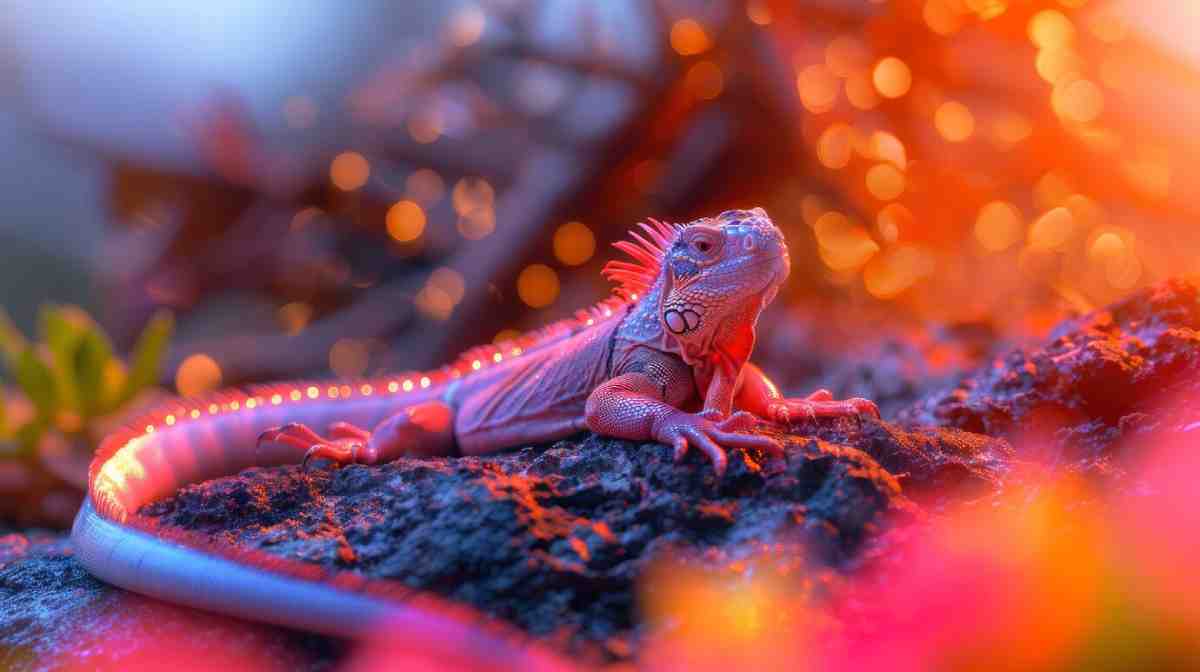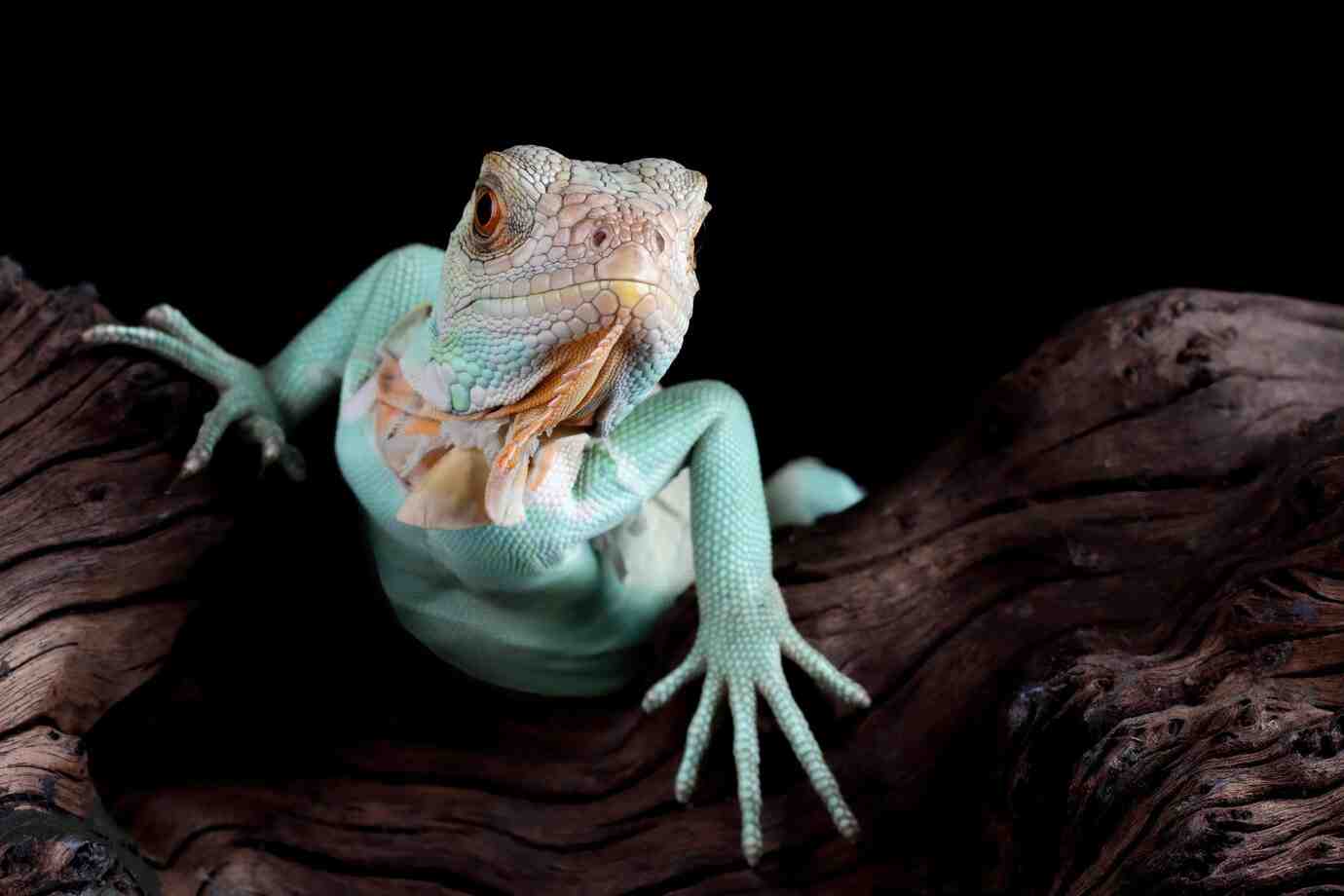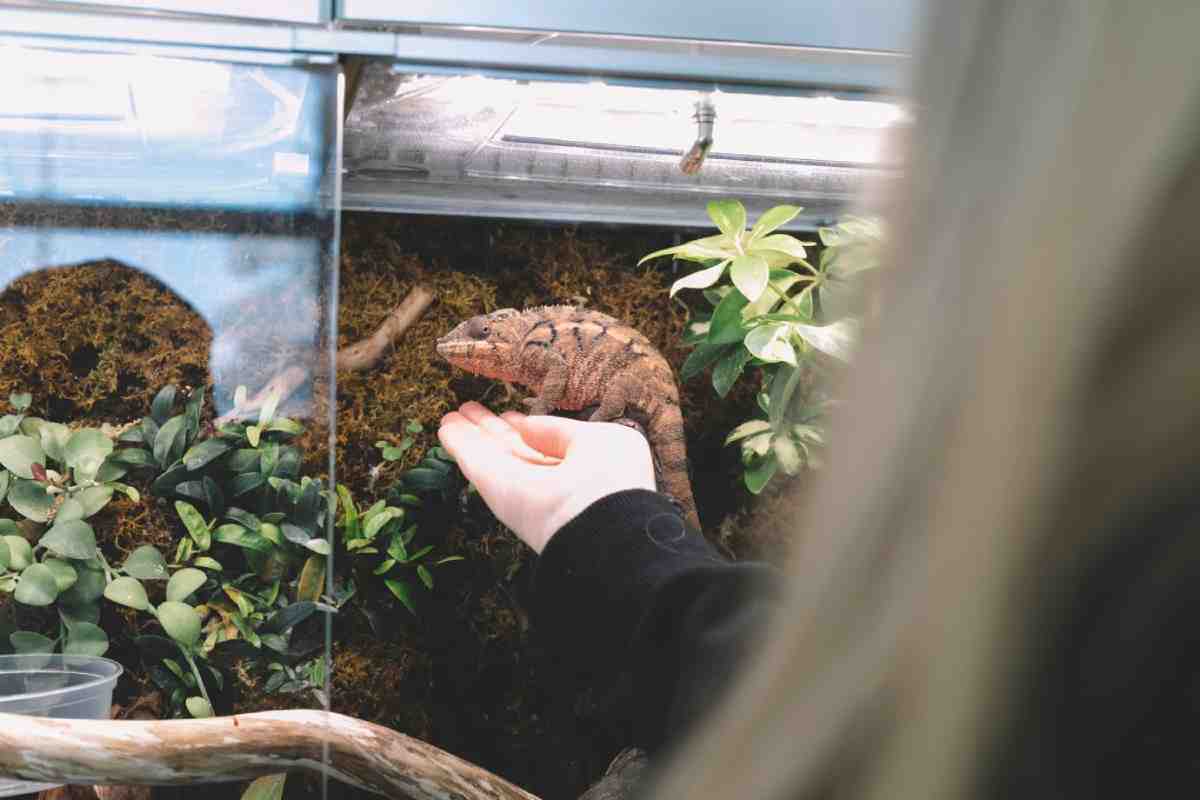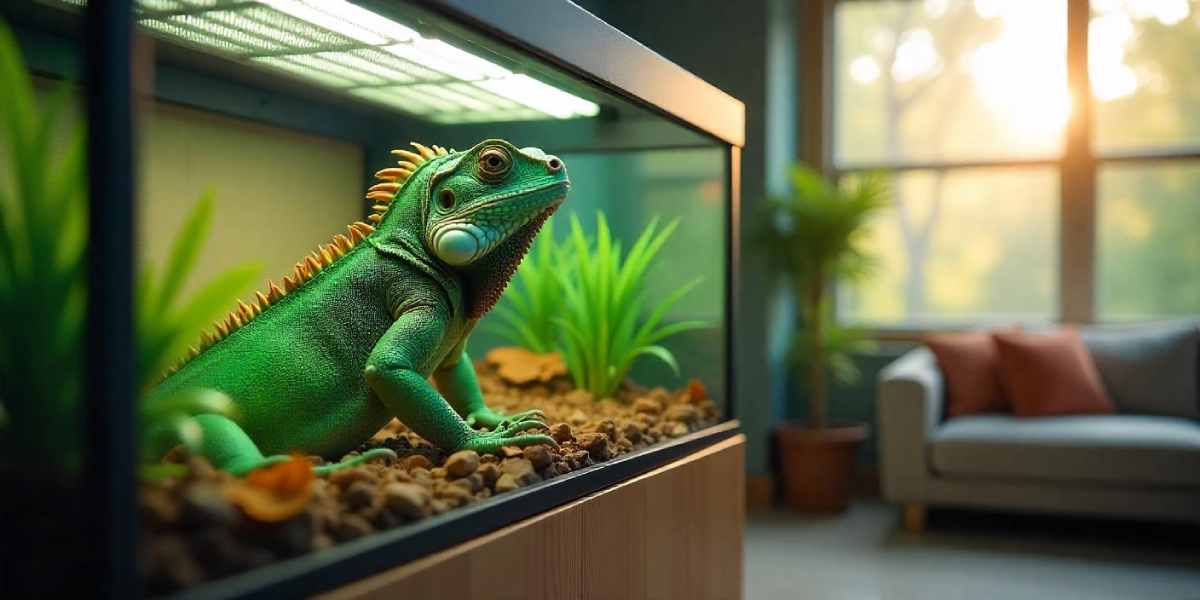
Temperature and Humidity Control for Reptile Habitats
Creating a safe, healthy space for your reptile takes more than just a nice-looking tank. Reptiles rely on their environment to survive. They can’t control their body temperature like mammals, so their enclosure must do the work for them. That’s why reptile temperature control, humidity balance, and air flow are the foundation of proper care.
Whether you have a tropical gecko or a desert lizard, your pet’s tank should mimic the conditions of its natural home. This guide will walk you through how to build and manage a reliable terrarium climate setup — one that keeps your pet healthy and stress-free all year round.
Why Climate Control Is So Important for Reptiles
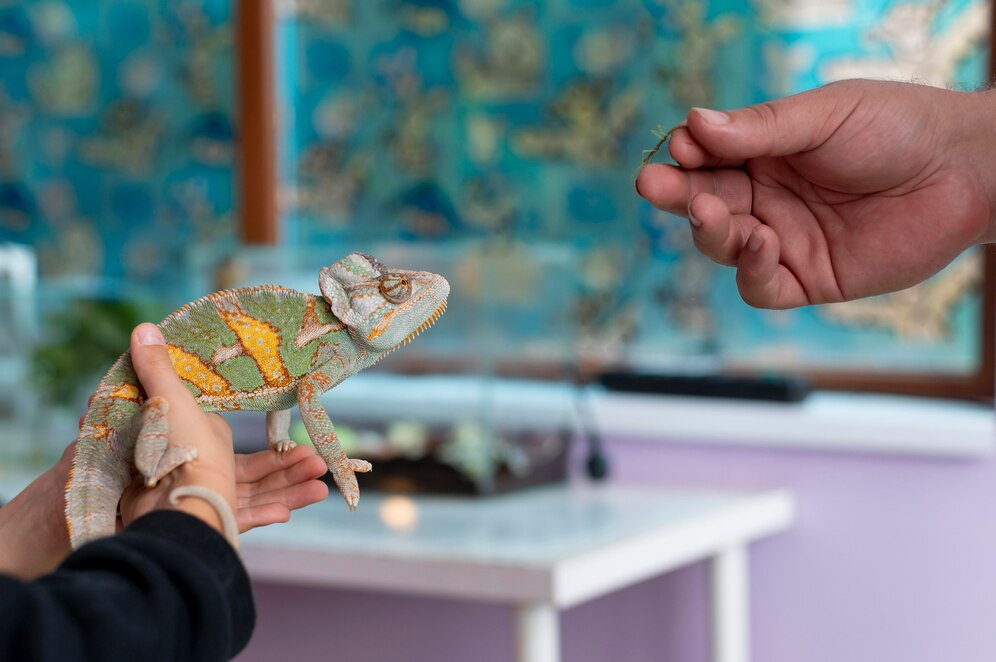
Reptiles are ectothermic. That means they need outside sources of heat to regulate their body temperature. Without the right temperature and humidity:
- They may stop eating
- Digestion slows down
- Skin problems can develop
- Shedding becomes painful or incomplete
- Illness becomes more likely
Your reptile depends on you to provide a stable and safe environment. Getting the climate right can help prevent many common health issues.
Start with Research: Know Your Reptile’s Natural Habitat
Every species is different. Before you set anything up, find out where your reptile comes from in the wild. This tells you what temperature range and humidity level they need.
| Habitat | Example Reptiles | Temp Range | Humidity |
| Desert | Bearded Dragon, Uromastyx | 30–40°C | 20–40% |
| Tropical Rainforest | Day Gecko, Green Tree Python | 25–32°C | 70–90% |
| Grasslands | Leopard Gecko, Ball Python | 26–32°C | 40–70% |
| Woodlands | Corn Snake, Blue-Tongue Skink | 23–28°C | 40–60% |
Knowing this helps you make the right choices when buying heating, lighting, and misting tools.
Set Up a Proper Heat Gradient
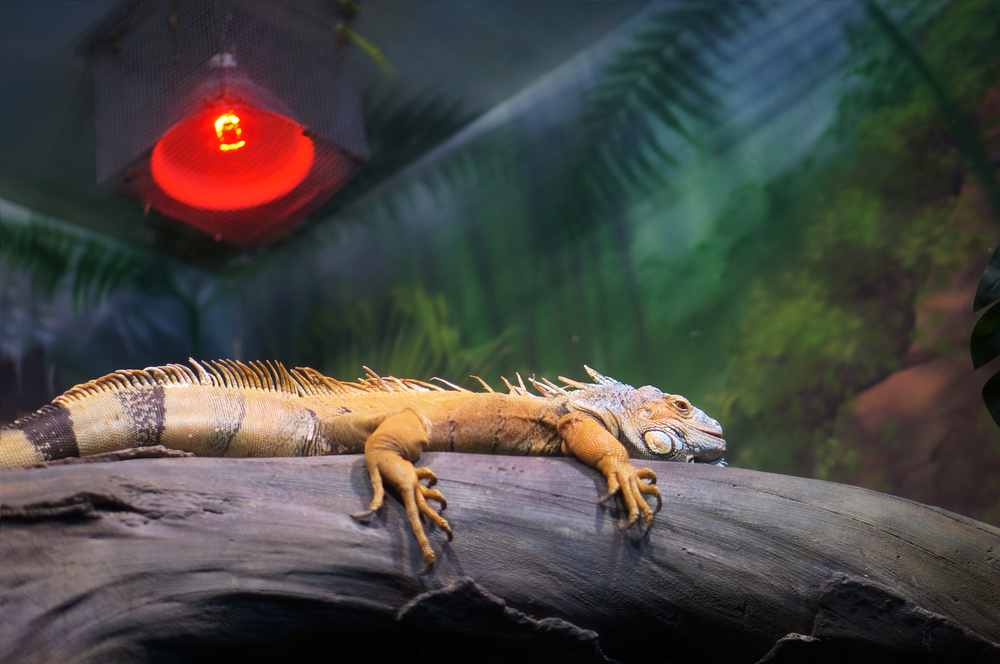
Most reptiles need a warm side and a cool side in their tank. This way, they can move between areas and control their own body temperature.
Warm Side (Basking Area)
- Heat Lamps: Place over a basking spot. Choose halogen or ceramic bulbs with a dome fixture.
- Under-Tank Heaters (UTH): Great for night-active reptiles. These go under one side of the tank.
- Ceramic Heaters: Give off heat without light. Perfect for night warmth.
Cool Side
- Keep it 4–10°C cooler than the warm side.
- Place hides or shaded areas here so your reptile can cool down easily.
Must-Have: A Thermostat
Connect your heaters to a thermostat. It keeps temperatures safe and steady. This prevents overheating, which can be deadly.
Monitor with Thermometers
Place one thermometer on each side of the tank. Use digital thermometers for accurate readings. You can also use an infrared temperature gun to check basking spots.
Humidity: The Other Half of the Equation
Many reptiles need the air in their tank to have moisture. Without enough humidity, reptiles can:
- Struggle to shed
- Get dehydrated
- Develop breathing issues
Too much humidity can also be a problem. It can lead to mould and skin infections.
Tools to Control Humidity:
- Spray Bottles: Good for quick daily misting.
- Automatic Misters or Foggers: Best for rainforest species that need constant moisture.
- Water Dishes: The larger the surface, the more moisture it releases.
- Humid Hides: A hide filled with moist moss helps with shedding.
- Substrate: Soil and coconut fibre hold moisture well. Sand or carpet do not.
Check It with a Hygrometer
A digital hygrometer tells you the humidity level. Place one near the floor and one higher up. This gives you a better idea of the tank’s climate overall.
Choose the Right Enclosure
The type of tank you use affects both temperature and humidity.
Glass Tanks
- Great visibility
- Lose heat and moisture quickly
- Best for dry or warm climates
PVC or Wooden Tanks
- Retain heat and humidity well
- Less window space
- Good for tropical or large species
Screen Cages
- Excellent ventilation
- Poor humidity control
- Ideal for species like chameleons that need airflow
Lighting and Day/Night Cycles
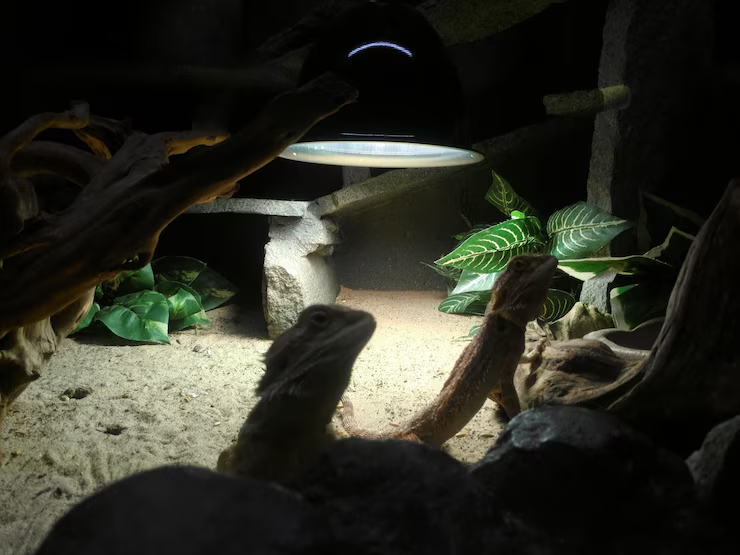
Reptiles need light to stay healthy. Some need UVB light to process calcium and avoid bone problems.
Light Types:
- UVB Bulbs: Needed for most diurnal (day-active) reptiles
- Full Spectrum Bulbs: Support plant growth and give a natural look
- LED or Fluorescent Bulbs: Use with timers for day/night rhythm
Use digital thermometers with probes to measure both ends accurately. For deeper setup tips, read Lighting Essentials for Healthy Reptile Enclosures.
Daylight Schedule:
- 10–14 hours of light each day, depending on the season
- Use timers to keep things consistent
- Avoid coloured lights at night — they can disturb sleep
Seasonal Changes: Should You Adjust Your Setup?
Yes. Even indoor reptiles benefit from small seasonal changes. It keeps their internal clocks in sync with nature.
In Colder Months:
- Lower the temperature slightly at night
- Reduce feeding for species that slow down naturally
- Maintain humidity, but mist less often
In Warmer Months:
- Raise basking temperatures slightly
- Keep water dishes full
- Use fans or extra ventilation if needed
Some reptiles go into brumation (a kind of hibernation). Learn if your species does — and how to handle it safely.
Daily and Weekly Climate Tasks
Every Day:
- Check both temperatures and humidity
- Refill water and mist if needed
- Look for signs of stress: hiding, lack of appetite, or fast breathing
Every Week:
- Clean water bowls
- Check for loose substrate in heating areas (especially under heaters)
- Wipe down walls and remove waste
What If the Climate Isn’t Right?
Here’s how to fix common issues:
Too Hot:
- Lower bulb wattage
- Move heaters further away
- Improve airflow
Too Cold:
- Add a ceramic heat emitter
- Seal gaps in the tank
- Use a secondary heat source
Too Dry:
- Mist more often
- Add a fogger
- Use moisture-holding substrate
Too Wet:
- Add ventilation
- Reduce misting
- Swap in drier substrate
Tips for Families and Beginners
- Label power cords and thermostats so it’s easy to manage
- Use timers for light and misting — it saves time and stress
- Keep a small notepad or digital log of daily temperature and humidity
- Let kids help with simple tasks like misting or checking water
- Don’t rely on how it “feels” — always use your meters!
Set the Climate, Support Their Life
Your reptile’s comfort depends on the setup you build. When you get temperature and humidity right, you’ll see your pet more active, healthier, and thriving. With the right terrarium climate setup, proper tools, and consistent care, you can keep your enclosure stable all year.
Remember: every species is different. Start with research, check your readings daily, and make small adjustments as you go. Over time, you’ll create a natural, balanced home — one that keeps your reptile safe and happy in every season.
Learn more about material choices in Choosing the Right Substrate for Exotic Reptiles.
